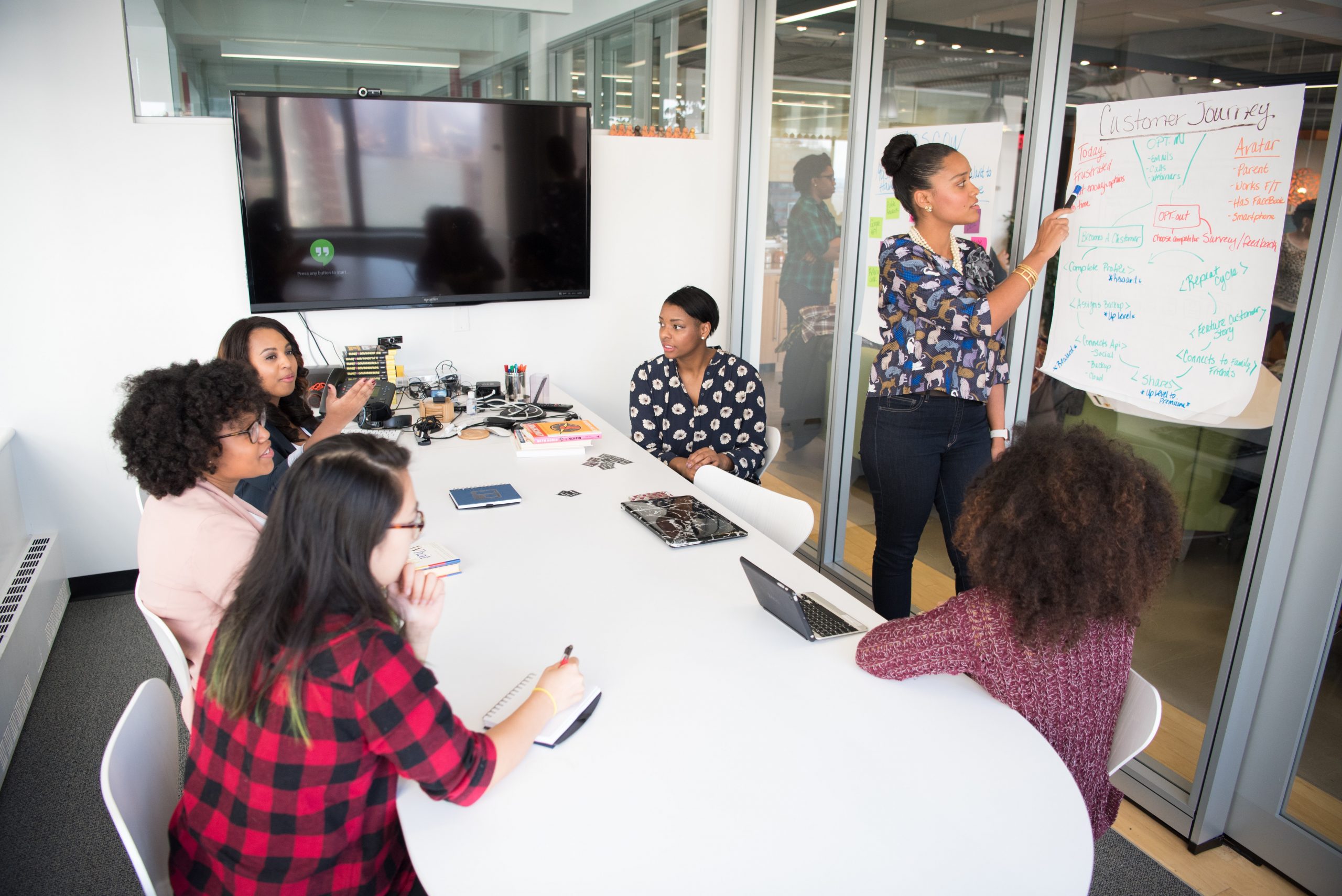The COVID-19 pandemic caused widespread social and economic disruption, with many people losing their jobs or being furloughed. Prior to that, the workplace had been slowly evolving, but the pandemic accelerated the change. Now, employees and organizations need to take a long, hard look at what the future of work looks like and prepare for the changes, both big and small.
The Future of Work Trends
Although a percentage of the workforce worked remotely before the pandemic, at least part-time, suddenly, an even larger percentage was forced to do remote work. Even though this trend has decelerated, remote work and virtual meetings will remain. It is worth noting that people are experiencing virtual meeting fatigue, however, and would prefer to meet in person whenever possible. There are certain activities that are more effective if done face to face, like negotiating or providing feedback.
The popularity of remote work after the pandemic led to the adoption of flexible workspaces, which provides employees with creative desk layouts for employees to choose from. Companies will need less floor space, as fewer workers will come to the office each day.
“We were all amazed at how much we could do working fully remotely. However, it has started showing some withering of the ties that bind in the culture [and] the social connectivity.” Senior McKinsey partner Bill Schaninger on the McKinsey Talks Talent podcast.
According to a study by McKinsey, e-commerce grew at two to five times faster than before the pandemic, as well as other virtual transactions like online banking or streaming. Ihe growth in e-commerce created on-site jobs in delivery, warehousing, and transportation.
The digital revolution really took off thanks to the pandemic. The rate of adoption of digital technologies like automation and AI soared, which puts certain on-site jobs at risk unless they upskill, like in manufacturing or warehousing.
From now on, the focus will be on internal mobility, upskilling, and gig workers to, first, counteract the effects of quiet quitting, and to address priorities without hiring new employees.
According to a survey carried out by Gartner, 46 percent of Gen Z employees say that the pandemic complicated the pursuit of their career goals. And, because of the social isolation, they missed the chance to develop soft skills, like networking or speaking confidently in public. This may have a negative impact on organizations, which will have to rise to the occasion and address this challenge.
The Future of Recruiting: Skills-Based Hiring
Along with generative AI (artificial intelligence), skills-based hiring is a key trend that will shape the future of work.
According to the World Economic Forum’s 2023 Future of Jobs Report, six in ten employees will require skills training. Also, according to the WEF, the skills in greatest demand will be creative thinking, analytical skills, and technological literacy. HR and L&D managers will have to step up and provide skills training programs, whether it is on-the-job training, online classes, mentorships, formal classes, or whichever format fits the organization.
The future of work also calls for organizational change. A skills-based organization will look more like a revolving talent poll rather than a strict hierarchy, with teams put together on a project-by-project basis according to the skills needed to complete each project.
English Services Can Help
If you want to provide your team with the opportunity to learn new skills, our language courses and workshops are a great fit. We use the project-based learning approach, which allows students to acquire a language, as well as soft skills, by performing different tasks. For more information about our language training services, please fill out this form.
